Oleander is a shrub or small tree in the family Apocynaceae. It is commonly known as Nerium or Oleander. Though all parts of this plant are toxic, but it is cultivated and grown in roadside landscape, shopping mall, and also the home garden.
This plant grows up to 2-6 meters tall with erect stems. The leaves are thick, feathery, dark green, narrowly lanceolate. Leaves are light green and very glossy when young and it becomes dull green to greenish-gray.
The flowers grow in clusters at the top of every branch. The plants with flowers in white, red, pink, and creamy yellow in colors are available today. The fruit is a long narrow pair of follicle 5-25 cm long. You can purchase it from any plant nursery or propagate through the germination of seeds or by cuttings.
Let’s Learn How To Grow Oleander (Nerium oleander)
You can purchase seedlings from any nursery or you may propagate it through seed germination or by cuttings.
Seed Germination
Before planting oleander seeds you can simply clear out the feather by hand.
For germination set the dried seeds in germination tray or any garden containers fill with germination potting mix. Cover seeds lightly with the soil medium.
Place the germination tray or container in indirect light where room temperature between 20-25 degrees centigrade. Keep soil moist but not over wet well until seed germinates.
Their seeds take time to germinate properly. Seeds will take 1 to 3 months to germinate.
If you want to propagate it from cuttings than take 4 to 5 inches long woody shoots in spring. Cut the shoots just below the nodes. Cutting must contain 2 to 4 leaves.
Use rooting medium like IBA (Indole butyric acid) powder to induce roots in cuttings. Use 5 to 6 inches diameter containers to develop seedlings.
Prepare potting mix with 60% loamy soil+ 30% sand + 10% coco peat. Pour Potting mix into the containers and watering high before transplant cuttings.
Now wash cuttings in low concentrate broad-spectrum fungicide or by freshwater. Dip the cuttings in rooting medium and transplant it in the potting medium by making a hole by using pencil tips.
Apply water to the soil medium regularly to keep it moist but not soaking over wet. Cuttings will start to develop new roots within 2 to 4 weeks.
Transplant the seedling or complete setup of container to an outdoor location after the new plants have reached 6 to 12 inches tall.
READ MORE: CARNIVORES PLANTS THAT EAT INSECTS
READ MORE: HOW TO GROW ARABIAN JASMINE
Nerium oleander requires full sun exposure. Bright light is required for the better growth of this plant. At least 5 hours of direct sunlight per day.
When there is a lack of lighting, the flowering is weakened. It is advisable to ensure good lighting. Shades reduce flowering in this plant and encourage drastic defoliation.
Water Requirement
Potted Nerium oleander needs regular watering from spring to late summer. Allow the soil to dry out slightly before the next watering.
The amount of water application needed depends on the environmental conditions, size of plant and pot size.
It can tolerate a lack of water but when you notice that leaves are falling from their canopy then it gives you a signal that plant requires adequate water.
Fertilizer requirement
This plant does not require abundant fertilizer. Use NPK (10:26:26) ¼th teaspoon in a month during the growth period.
You may use any organic fertilizer once in every three months. Avoid fertilizing during the rest period in autumn and winter.
Pruning
The size of the plant can be controlled by pruning and by doing so more branches will come out and thereby more blooming occurs.
Flowers are born on new growth, so pinch back and pruning is necessary to induce new growth. Pruning should be done after flowering has finished on the new growth on which the next flush of flowers will occur.
Transplant annually, gradually increasing the size of the pot.
Pest management
Cut off old, damaged, or dead branches at their base and remove them. Clear all dead leaves regularly. This Plant is highly resistant to pests.
Sometimes aphids or caterpillar can infect your plant. Use 5ml/lit Neem oil as a foliar spray as treatment.
READ MORE: HOW TO MAKE NEEM OIL SPRAY
Importance of Oleander
Oleander seeds and leaves are used to make medicine. Oleander is used for heart conditions, asthma, cancer, painful menstrual periods, leprosy, malaria, ringworm, and venereal disease.
Rat poison and insecticide are produced from bark and leaves of oleander.
CAUTION
OLEANDER IS UNSAFE for anyone(human and pets) if ingested by mouth. It can cause nausea, vomiting, diarrhea, weakness, headache, stomach pain, serious heart problems. Grow this plant with care.
Grow oleander plant in your home garden by following our instructions and tell us your response by commenting below or you can also contact us through our email id or Facebook Page.
The information given in this article has been shared by Mr. Sital Sarkar through Agriculture Review.
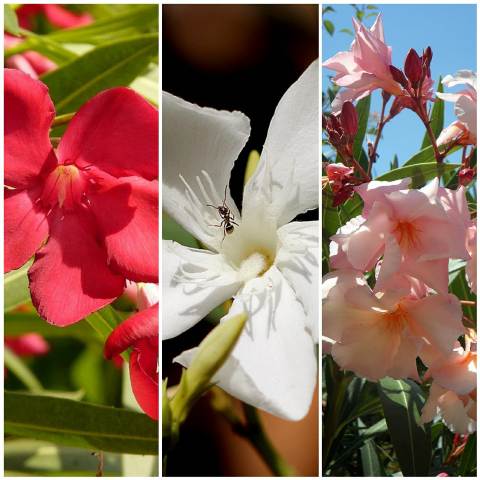
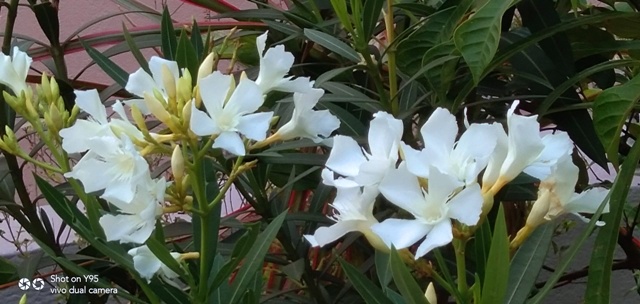
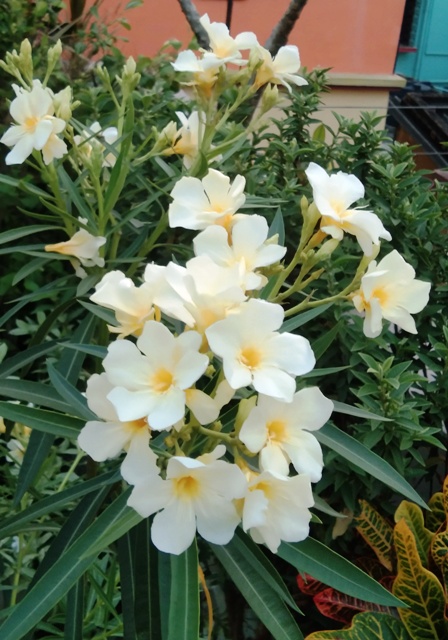
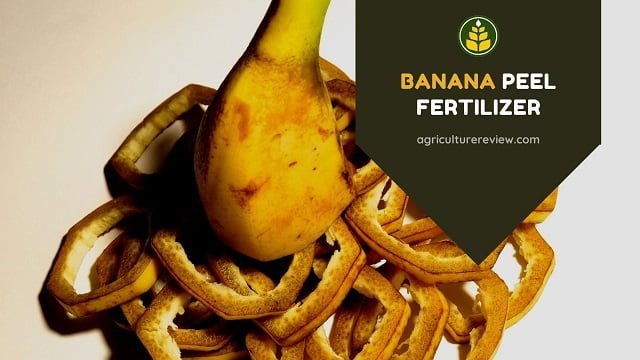


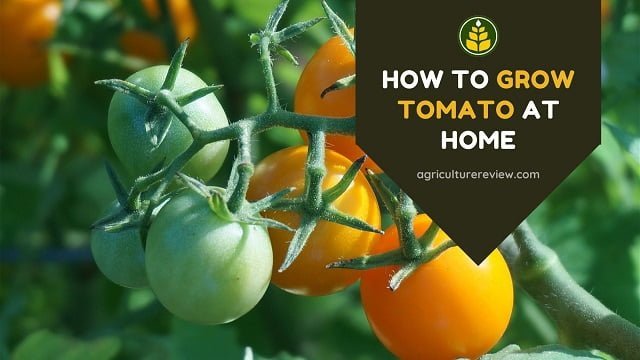
A very helpful informatio….